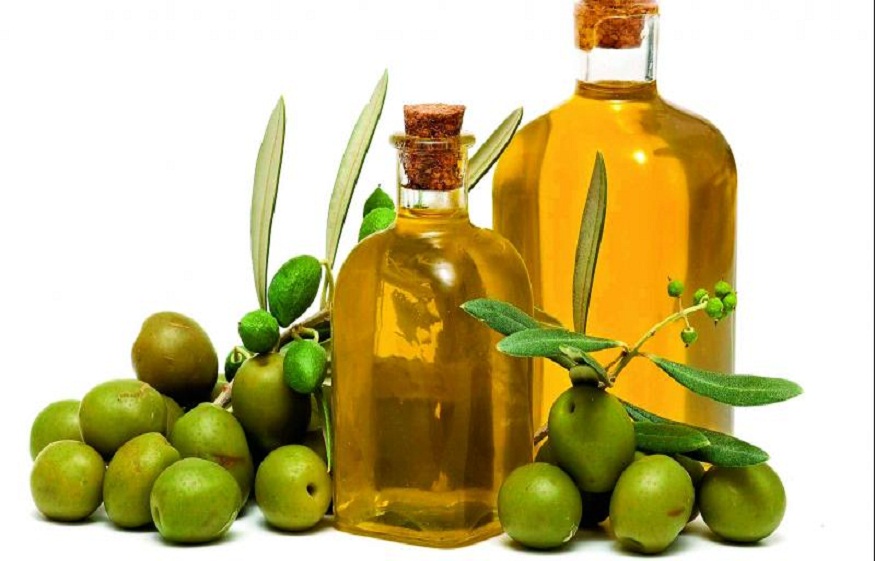
Healthy Fats & More: What to Look for in Your Cooking Oil
In an Indian kitchen, oil is more than just a daily dietary staple. The type of oil you choose directly affects heart health, weight management, and even the flavour of food. With so many varieties available, from mustard and coconut to sunflower and olive, it is important to understand what makes an oil truly healthy.
1. Understanding the Types of Fats
Cooking oils contain three main types of fats:
- Saturated fats: Found in coconut oil, ghee, and palm oil. They are stable at high heat but should be consumed in moderation, as excess intake can raise LDL (bad) cholesterol levels.
- Monounsaturated fats (MUFA): Found in abundance in olive oil, groundnut oil, and avocado oil. MUFA helps improve heart health, lower LDL cholesterol, and maintain HDL (good) cholesterol.
- Polyunsaturated fats (PUFA): Include omega-3 and omega-6 fatty acids found in sunflower oil, soybean oil, and flaxseed oil. These are essential for the body but should be balanced, as excess omega-6 can promote inflammation.
A healthy oil should have a higher proportion of MUFA and a balanced PUFA ratio.
2. Smoke Point Matters
The smoke point is the temperature at which oil starts breaking down, losing its nutritional value, and releasing harmful compounds. Indian cooking often involves high-heat methods such as frying and tadka, so an oil with a stable smoke point is important. For deep-frying, refined oils with higher smoke points are commonly used. However, for sautéing, stir-frying, and salad dressings, oils rich in MUFA and antioxidants, such as extra virgin olive oil, are ideal.
3. Refining and Processing
Refined oils undergo chemical processing to increase shelf life and remove impurities. This process, however, can strip away beneficial nutrients. Cold-pressed or extra virgin oils are mechanically extracted without heat, retaining natural antioxidants, vitamin E, and polyphenols. These oils are healthier for everyday low-to-medium heat cooking and drizzling over prepared dishes.
4. The Heart Health Factor
Oils high in MUFA, like olive oil, have been shown to reduce inflammation, improve blood vessel function, and lower the risk of heart attacks and strokes . Incorporating olive oil into Indian cooking, especially for dressings, sautéing vegetables, or light stir-fries, can be a step towards better heart health.
5. Balancing Tradition and Modern Nutrition
Mustard oil, coconut oil, and ghee have deep cultural and culinary roots in India. They can be part of a healthy diet if used sparingly and balanced with oils rich in MUFA and antioxidants. A mixed approach, using traditional oils for certain dishes and olive oil for others, ensures both flavour and nutrition.
Bottom Line
When choosing a healthy cooking oil, look for high MUFA content, minimal processing, and a suitable smoke point for your style of cooking. While no single oil is perfect for every recipe, olive oil stands out as the healthiest oil for the heart due to its beneficial fats, natural antioxidants, and versatility in modern Indian kitchens. Balancing taste, tradition, and health is the key to making the right choice for your family.



Average Rating